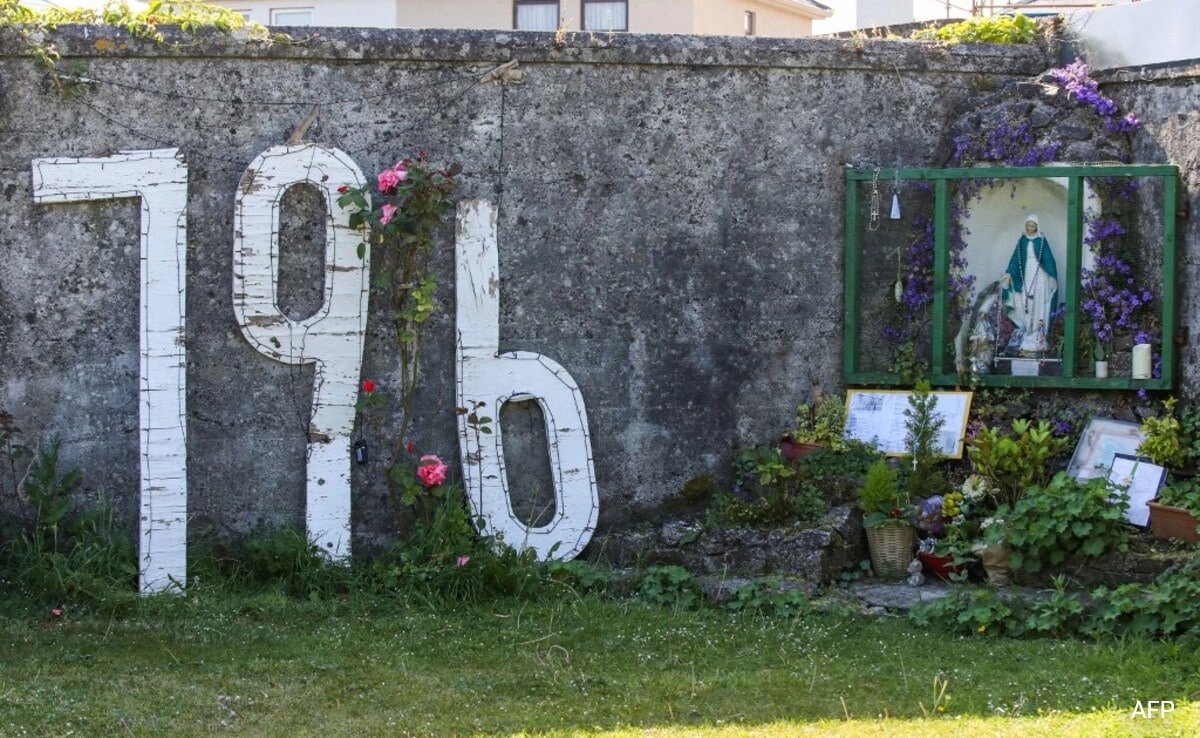In a remarkable archaeological discovery in Ireland, researchers have unearthed a site that has been dubbed the “Baby Grave,” which has captivated both historians and the general public. This haunting site, located in an area rich with Celtic history, reveals a jumble of bones believed to belong to infants and young children. The grave’s unsettling nature raises profound questions about the past, particularly regarding the treatment of children in ancient Irish societies. As archaeologists meticulously excavate the site, the implications of their findings extend far beyond the physical remains, delving into the emotional and sociocultural narratives that define Ireland’s history.
The discovery of this grave has sparked curiosity and concern, as it brings to light the often-overlooked stories of vulnerability and loss experienced by families in ancient times. The bones, which are thought to date back several centuries, suggest that these children may have faced harsh conditions during their short lives. Researchers are now faced with the challenge of interpreting the evidence they find, pondering whether these remains reflect a time of hardship, disease, or perhaps a cultural practice that is now lost to history. Through careful analysis, they hope to piece together the lives of these children, shedding light on the societal norms and beliefs that governed the treatment of the youngest members of the community.
As the investigation continues, the “Baby Grave” serves as a poignant reminder of the fragility of life and the deep-seated connections between past and present. It invites reflection on the ways in which society honors its most vulnerable individuals. The emotional weight of this discovery resonates not only within academic circles but also among the general public, who are drawn to the human stories behind the skeletons. Public engagement and discourse surrounding this site may lead to a broader understanding of Ireland’s historical landscape, influencing how current generations perceive their heritage and the complexities of life and death throughout history.
In a broader context, the excavation of the “Baby Grave” highlights the importance of archaeological endeavors in uncovering hidden narratives that shape cultural identity. Each bone unearthed is a testament to the lives once lived, and the stories they tell can help bridge the gap between modern society and its ancestors. As researchers continue their work, they are reminded of the ethical responsibilities that come with such discoveries, ensuring that the dignity of those interred is preserved and respected in the process. This haunting tale not only enriches the tapestry of Ireland’s history but also encourages a deeper exploration of how we remember and honor the lives of those who came before us.




